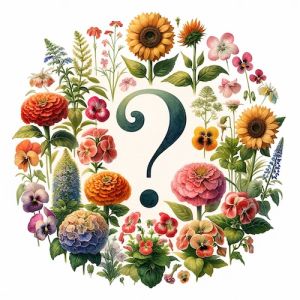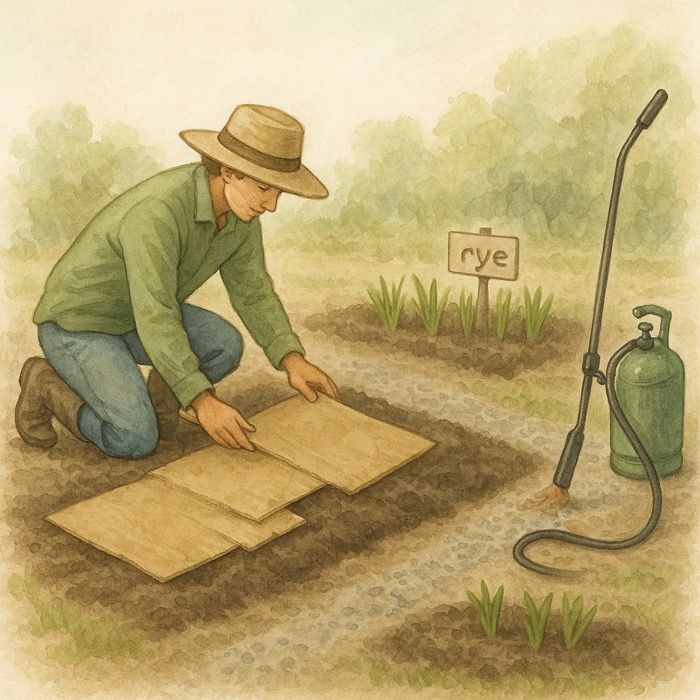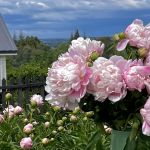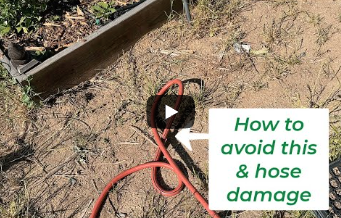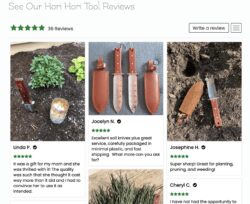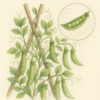What Are Annual Plants? The Gardener’s Guide
When planning a garden, one of the first decisions you’ll face is choosing the types of plants you want to grow. A common category to consider is annual plants. But what exactly are annual plants, and why should you include them in your garden? This guide will explain everything you need to know about annual plants, from their lifecycle to their benefits and how to care for them.
Understanding Annual Plants
Annual plants are those that complete their entire lifecycle in a single growing season. This means they germinate, grow, flower, produce seeds, and die within one year. Unlike perennials, which return year after year, annuals need to be replanted each season. This unique lifecycle offers several advantages for gardeners.
Types of Annual Plants
Annual plants come in a variety of shapes, sizes, and colors, making them perfect for adding vibrant, seasonal interest to your garden. They can be broadly categorized into two types:
- Hardy Annuals – These can withstand cooler temperatures and can be planted in early spring. Examples include pansies, sweet peas, and calendula.
- Tender Annuals – These thrive in warmer conditions and should be planted after the danger of frost has passed. Examples include marigolds, zinnias, and petunias.
Master Gardener Tip: Plants, like any other species, want to propagate and survive, and will self sow if you let them. This can be good or bad, depending on your goals. The term for when annual plants spread seed naturally is self-seeding or self-sowing. This process occurs when annual plants produce seeds that fall to the ground and germinate on their own without human intervention. Self-seeding plants can create a natural and dynamic garden, as they often return and even spread to new areas each year, giving the garden a more spontaneous and evolving appearance.
Benefits of Growing Annual Plants
There are a variety of benefits to growing annuals, and they are simply wonderful in the garden. Here is a quick list:
- Seasonal Variety – Annuals allow you to change the look of your garden every year, experimenting with different colors and combinations.
- Extended Blooming Period – Many annuals bloom continuously throughout the growing season, providing long-lasting color and interest.
- Easy to Grow – Annuals are generally easy to grow from seed, making them a great choice for novice gardeners.
- Pollinator Friendly – Many annuals are excellent at attracting pollinators such as bees, butterflies, and hummingbirds.
How to Plant and Care for Annual Plants
- Choosing the Right Location – Most annuals prefer full sun, although some, like impatiens, can thrive in partial shade. Ensure your chosen location receives adequate sunlight.
- Soil Preparation – Prepare the soil by adding compost or organic matter to ensure it is fertile and well-draining. This will provide the necessary nutrients for your annuals to thrive.
- Planting – Plant seeds or young plants according to the specific instructions for each type. Generally, seeds should be planted at a depth of 1-2 times their diameter.
- Watering – Keep the soil consistently moist, especially during the initial stages of growth. However, avoid waterlogging, as it can lead to root rot.
- Fertilizing – Apply a balanced, water-soluble fertilizer every few weeks to promote healthy growth and abundant flowering.
- Deadheading – Regularly remove spent flowers to encourage new blooms and prevent the plant from setting seed too early.
The Use of Annual Plants in Garden Design
Annual plants are a versatile tool in garden design, allowing for endless creativity and experimentation. Here are some ways to incorporate them into your garden:
- Borders and Edging – Use low-growing annuals like alyssum and lobelia to create colorful borders and edges.
- Mass Plantings – Plant large groups of the same annual for a bold, eye-catching display. This works well with plants like zinnias and marigolds.
- Container Gardens – Annuals are perfect for pots and containers, allowing you to move them around and create focal points on patios or balconies.
- Hanging Baskets – Trailing annuals like petunias and ivy geraniums are ideal for hanging baskets, adding vertical interest.
- Seasonal Themes – Change your garden’s theme each year by selecting annuals in specific colors or styles to match your design vision.
- Pollinator Gardens – Incorporate annuals that attract pollinators to support local ecosystems and enjoy the added beauty of butterflies and bees.
Popular Annual Plants for Your Garden
- Marigolds – Bright and cheerful, marigolds are easy to grow and deter pests.
- Petunias – Available in a wide range of colors, petunias provide continuous blooms.
- Zinnias – These sun-loving flowers come in vibrant colors and attract butterflies.
- Cosmos – Delicate and airy, cosmos add a touch of elegance to any garden.
- Snapdragons – With their unique shape and range of colors, snapdragons are a garden favorite.
- Sunflowers – Tall and striking, sunflowers are loved for their large, sunny blooms and are great for attracting birds.
- Alyssum – Low-growing and fragrant, alyssum is perfect for borders and ground cover.
- Impatiens – Ideal for shady spots, impatiens provide a burst of color in areas with less sunlight.
- Geraniums – Versatile and hardy, geraniums are excellent for containers and garden beds.
- Salvia – Known for their spiky blooms, salvias attract hummingbirds and add vertical interest.
Seed Saving and Collecting Annual Plants
One of the great advantages of growing annual plants is the ability to save and collect seeds for the next season. This not only saves money but also allows you to preserve your favorite plant varieties. To begin, select the healthiest and most vigorous plants in your garden, avoiding those that have shown signs of disease or pest damage. Allow the flowers to fade and the seed pods to mature on the plant, as seeds are ready to harvest when they are dry and begin to turn brown. Carefully cut the seed heads or pods from the plant and place them in a paper bag. For plants like marigolds and zinnias, you can gently shake the seed heads to release the seeds. Once collected, remove any chaff or plant debris from the seeds, which can be done by hand or using a fine sieve. Spread the seeds out on a paper towel or screen in a cool, dry place and allow them to dry completely for a week or two. After drying, place the seeds in labeled envelopes or small jars, and store them in a cool, dark, and dry location.
Properly stored seeds can remain viable for several years. Before planting, it’s a good idea to test a few seeds by placing them on a damp paper towel inside a plastic bag, checking for germination after a week to ensure the seeds are still viable. By following these steps, you can enjoy a continuous supply of your favorite annual plants, creating a sustainable and cost-effective gardening practice.
Conclusion
Annual plants are a fantastic choice for gardeners looking to add a splash of color and variety to their gardens. Their ease of growth and ability to bloom all season long make them a versatile and rewarding addition. Whether you’re a seasoned gardener or just starting, annuals can provide the perfect opportunity to experiment and enjoy a beautiful garden year after year.
More From Our Master Gardener
Recent Posts

❄️ Snow as Fertilizer – The Truth About “Poor Man’s Nitrogen”

5 Unexpected Winter Weed Control Strategies (That Don’t Involve Mulch)

Harnessing Winter Sun – Passive Solar Tricks for Your Garden

How to Grow Spinach – The Ultimate Beginner’s Guide for Tender, Nutritious Leaves

How to Grow Peas: The Ultimate Beginner’s Guide for Sweet, Crisp Harvests
